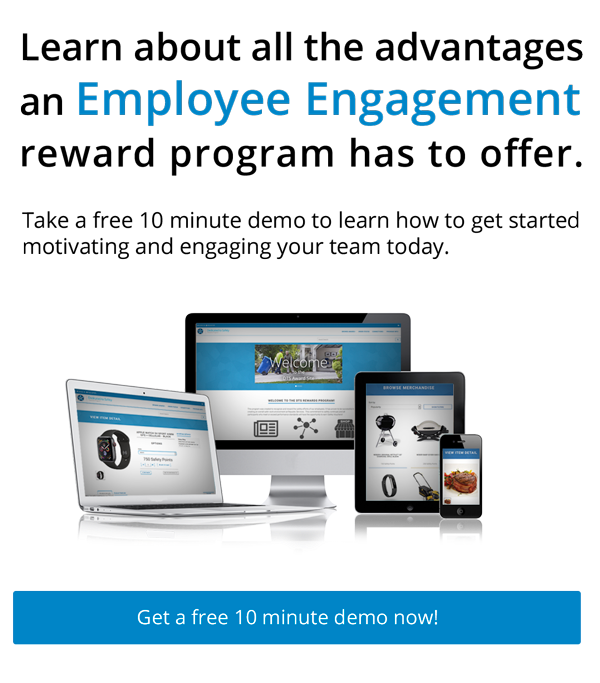
“Don’t try this at home!” How many times have we heard that directive? In most cases, it’s because although something may look easy, it’s probably because it’s being done by professionals. This is also true of employee engagement, recognition and incentive programs.
Hire the self-motivated.
This article suggests that if you want an engaged workforce, we should simply hire self-motivated workers. But of course – why didn’t we think of that? If it were easy to identify intrinsically motivated people in a job interview, everyone would be doing it. Even if we could identify these people, there most definitely wouldn’t be enough of them to go around.
In a given workforce, approximately 20% ARE self-motivated. They strive to be the best. They are typical over-achievers and you can always count on them to go above and beyond. There is a bottom 20% that will only do what’s required and not one thing more, no matter what you do. But in a typical workforce, the middle 60% are workers who can be enticed to increase performance or otherwise meet specific goals if they are motivated – if it’s “worth it”. This 60% is the group that moves the needle in a professionally-designed employee rewards and recognition or incentive program – and recognition programs are on every list of things that help to increase employee engagement.
Employee: motivate yourself!
A second article cautions against rewarding employees because there is “science” proving that rewards are de-motivating. The author goes on to tell employees how they can motivate themselves at work. They suggest that some employees may only be doing a task because of a reward or fear of punishment if they don’t complete the task. Important note: punishment or negative reinforcement has no place in an effective employee motivation program.
For our convenience, we can now check ourselves out at the grocery store, pump our own gas and place our own order on a kiosk at a restaurant. Employee motivation is not conducive to our self-serve culture.
The irony here is that the five recommendations the author gives to employees to motivate themselves include some of the elements of an effective employee motivation program. There are actually 10 steps to designing an effective incentive program, as outlined by the Incentive Marketing Association – professionals in the field of employee motivation.
A little knowledge can be a dangerous thing, and that’s why professionals exist. Before you throw up your hands and decide that you’ll never improve performance or productivity because you failed to hire only self-motivated employees – Hire A Professional!
Employee incentive and motivational programs do provide extrinsic rewards, but the programs are designed to encourage intrinsic habits and motivation. There is actual science that proves the effectiveness as well as the return on investment of employee programs. Much of this research can be found on The Incentive Research Foundation and the Incentive Federation websites. Finally, if you’re wondering how you might motivate those employees who are not already internally motivated, you can find a professional to help you at The Incentive Marketing Association.



